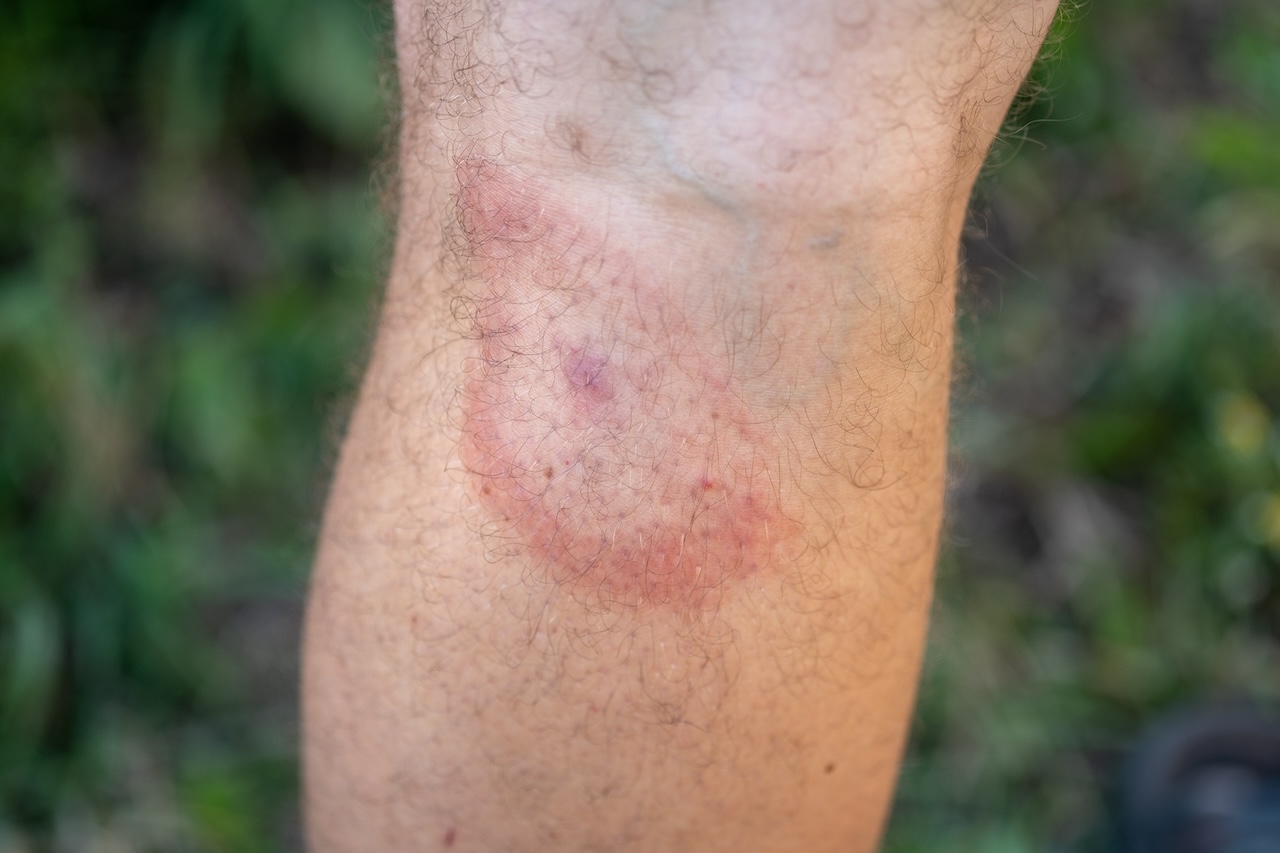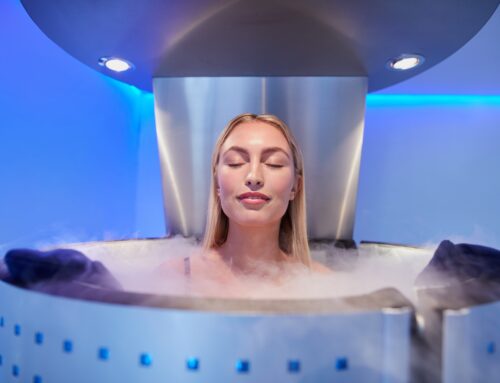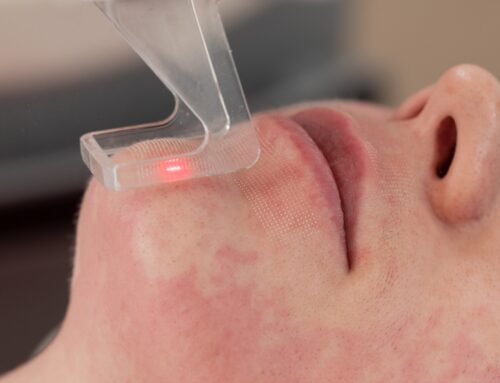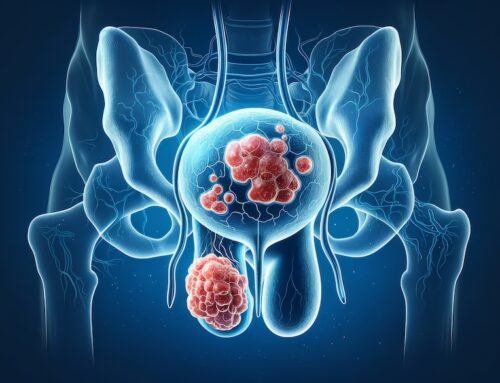Lyme disease is a prevalent tick-borne illness caused by the bacterium Borrelia burgdorferi. This disease primarily affects the skin, joints, and nervous system and, in severe cases, can lead to long-term complications. Most of the traditional treatments for Lyme disease involve antibiotics, which are effective in most cases. However, individuals may continue to experience symptoms even after completing rounds of antibiotic therapy, a condition often referred to as post-treatment Lyme disease syndrome (PTLDS). These ongoing symptoms have led specialists and researchers to explore alternative treatment options, one being the promising intervention of hyperbaric oxygen therapy (HBOT). Let’s review the science behind HBOT, how it works, and its potential benefits for PTLDS and Lyme disease patients.
Understanding Lyme Disease
Lyme disease is transmitted to humans through the bite of infected black-legged ticks. Not all locations of tick bites may be noticeable, you should be concerned if you notice a “bullseye” patch starting to surround the site of a tick bite.
While some symptoms can onset rather quickly, within 3-7 days, other individuals may not notice issues for nearly 30 days. Lyme disease often begins with flu-like symptoms, such as fever, fatigue, and muscle aches. As it progresses, it can lead to more severe symptoms, including joint pain, neurological complications, and cardiac issues. As with many diseases, early diagnosis and treatment with antibiotics like doxycycline or amoxicillin are crucial to preventing the progression of the disease. However, not all Lyme disease cases respond well to antibiotic treatment, and some individuals may experience lingering symptoms.
Those with prolonged symptoms from Lyme disease, even after multiple attempts to treat with antibiotics and medicinal regimens may be diagnosed with PTLDS. It is characterized by relentless fatigue, unending joint pain, concerning cognitive difficulties, and exhaustive muscle aches that persist for weeks or even months after antibiotic therapy. Because the cause of PTLDS remains unclear after decades of research, specialists have looked to alternative treatment options to help remedy some of the symptoms that cripple the lives of those living with prolonged Lyme disease issues.
Outlining Hyperbaric Oxygen Therapy (HBOT)
Hyperbaric oxygen therapy is a groundbreaking, up and coming medical treatment that involves breathing 100% pure oxygen in a pressurized chamber. This therapeutic approach increases the amount of oxygen that can dissolve in the bloodstream which ultimately leads to a higher oxygen level in the body’s tissues. HBOT is often used to treat conditions like decompression sickness, non-healing wounds, and carbon monoxide poisoning, and its potential ability to effectively lessen the symptoms of Lyme disease and PTLDS have garnered major attention recently.
Scientific Research on HBOT and Lyme Disease
Specialists are eager and curious to examine the possible benefits of HBOT in the context of Lyme disease and PTLDS. While research remains ongoing, some findings suggest that HBOT may have a positive impact on patients, including these promising recent studies:
- A 2018 study published in the journal Medical Gas Research explored the effects of HBOT on patients with PTLDS. Researchers found that HBOT improved cognitive function and reduced fatigue in these individuals, and also suggested that increased oxygen levels in tissues might help combat persistent symptoms.
- A 2019 study published in FEMS Microbiology Letters investigated the impact of HBOT on Borrelia burgdorferi, the causative agent of Lyme disease. Researchers recognized that exposing the bacterium to high levels of oxygen in a hyperbaric chamber stunted its growth and reduced its viability. This suggests that HBOT might have a direct bactericidal effect on the Lyme disease-causing pathogen.
- A 2021 clinical trial published in Frontiers in Medicine examined HBOT as an adjunctive therapy for Lyme disease. Patients within the study who received HBOT in tandem with antibiotic treatment reported significant improvements in quality of life and symptom relief as opposed to patients who received antibiotics alone.
- A 2022 systematic review and meta-analysis published in Lyme Disease and Related Disorders analyzed multiple studies on the use of HBOT for Lyme disease and PTLDS. Through their findings, they were able to confidently conclude that HBOT could be a promising adjunctive therapy, particularly for patients with persistent, ongoing Lyme disease symptoms.
Confidence in HBOT for PTLDS and Lyme Disease
Lyme disease and its persistent form, PTLDS, can drastically change the quality of life of infected individuals. While antibiotics remain the primary treatment for Lyme disease, some patients continue to suffer from debilitating symptoms even after completing antibiotic therapy. That is why hyperbaric oxygen therapy (HBOT) has emerged as a promising alternative treatment option, with scientific research backing its potential benefits.
Various studies over the last handful of years have shown that HBOT may improve cognitive function, reduce fatigue, inhibit the growth of Borrelia burgdorferi, and enhance the quality of life for Lyme disease patients. While it is important to note that more research is needed to fully understand the effectiveness of HBOT and establish clear treatment protocols, this alternative route offers hope to specialists and patients alike.
If you or someone you know is struggling with persistent Lyme disease symptoms, it is essential to consult with a healthcare provider to discuss potential treatment options, including HBOT.
If you are located in the New York area and are in need of HBOT treatments to combat your Lyme disease symptoms, Hyperbaric Oxygen Clinic is conveniently located in Brooklyn, NY and the staff is trained and eager to serve you. Contact us by phone today at (718) 255-9955 with any questions or to get started on your journey towards healing.
Please note that while HBOT shows promise, it should be considered as part of a comprehensive treatment plan tailored to individual patient needs, and we can do that for you or someone you love at Hyperbaric Oxygen Clinic!
References:
- Zhang X, et al. (2018). Effectiveness of hyperbaric oxygen therapy in patients with chronic Lyme disease. Medical Gas Research, 8(1), 21-26.
- Han A, et al. (2019). Hyperbaric oxygen therapy suppresses the growth of B. burgdorferi and enhances the production of antimicrobial peptides. FEMS Microbiology Letters, 366(14), fnz160.
- Teixeira de Siqueira Filha N, et al. (2021). Hyperbaric oxygen therapy for the treatment of Lyme disease: A randomized clinical trial. Frontiers in Medicine, 8, 697694.
- Malik U, et al. (2022). Hyperbaric Oxygen Therapy for Lyme Disease: A Systematic Review and Meta-Analysis. Lyme Disease and Related Disorders, 6(1), 5-18.






